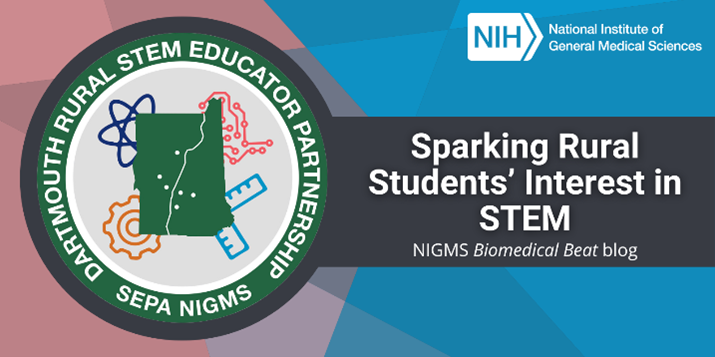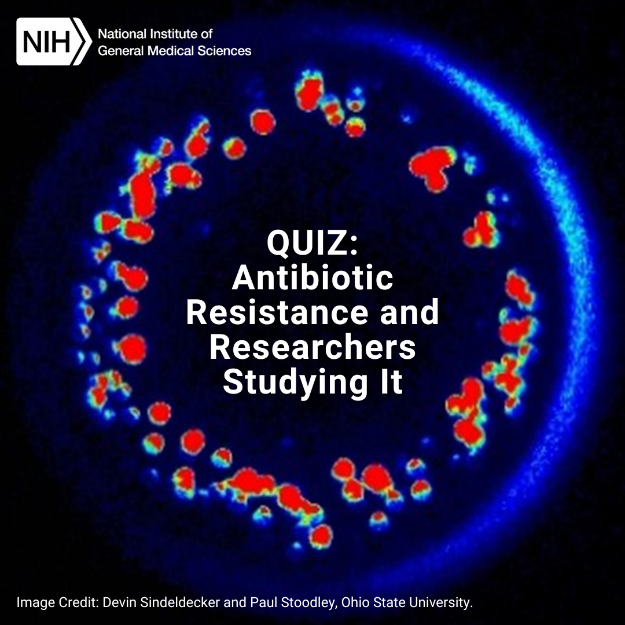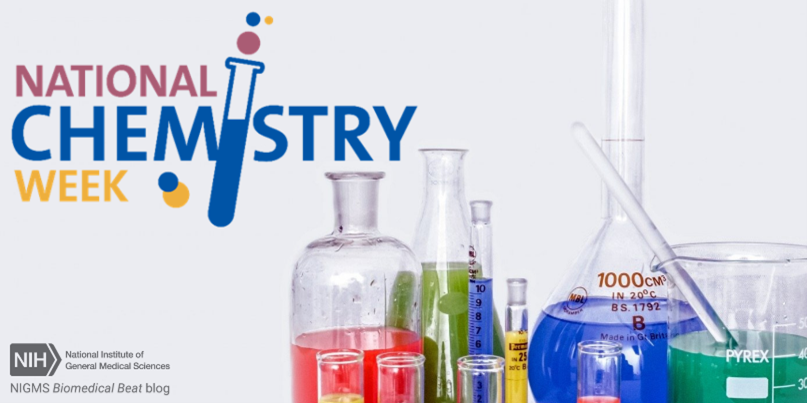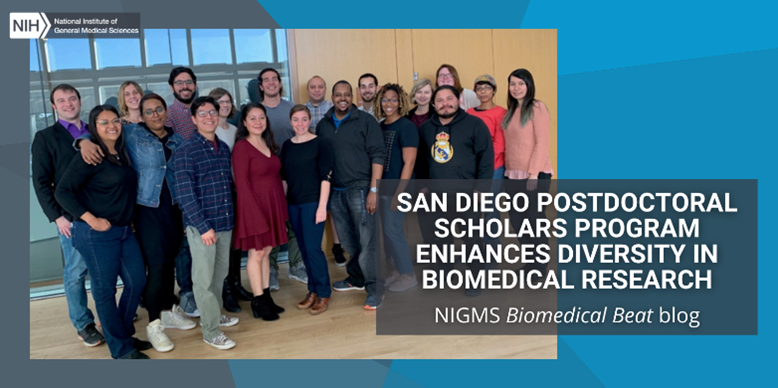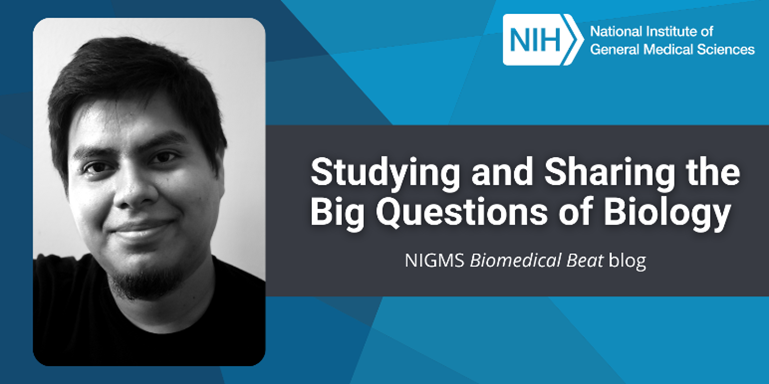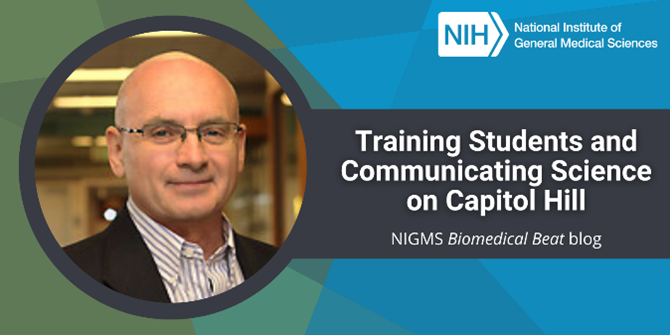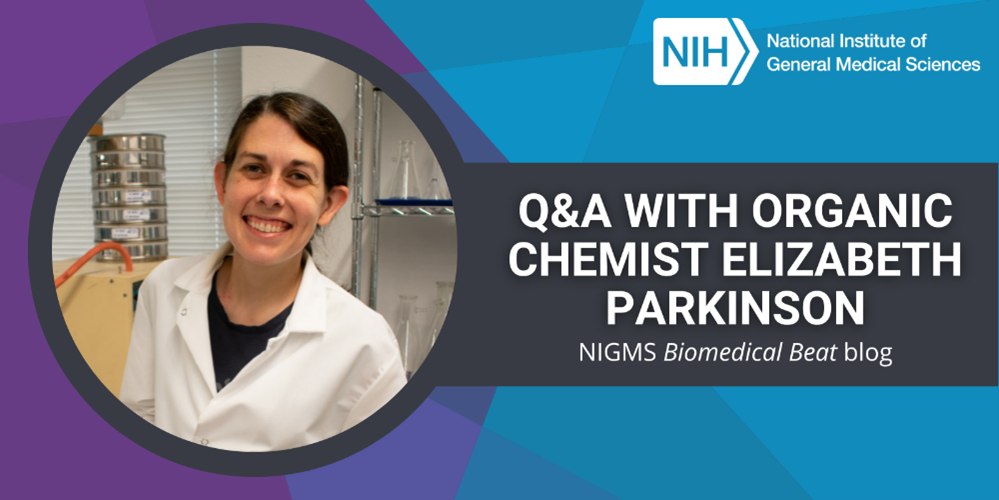When asked why he leads the NIGMS-supported Science Education Partnership Award (SEPA) program at Dartmouth College in Hanover, New Hampshire, Roger D. Sloboda, Ph.D., the Ira Allen Eastman Professor of Biological Sciences (emeritus), shares a story. Several years ago, he learned of a public-school science teacher in rural New Hampshire who had a very limited budget for classroom equipment. With her annual budget, she’d been able to buy a single stainless-steel laboratory cart. “Next year, I hope to buy a piece of equipment to put on it,” she said. A short time later, Dr. Sloboda attended a scientific meeting and talked to a student from a private school in Washington, D.C., who was presenting a poster about his research project studying the effects of household chemicals on zebrafish development. Dr. Sloboda asked the student how he was able to work with zebrafish, because they require specialized, expensive facilities. The student responded that his school maintained its own zebrafish facility.
Continue reading “Sparking Rural Students’ Interest in STEM”Category: Being a Scientist
Advancing American Indian and Alaska Native Health Through Research, Training, and Engagement
American Indian and Alaska Native (AI/AN) populations have long experienced health disparities such as higher rates of diabetes, certain cancers, and mental health conditions than those of other Americans. One contributing factor in these disparities is underrepresentation of AI/AN populations in biomedical science—as study participants, researchers, and health professionals. Unfamiliarity with health care options and opportunities, coupled with a distrust of biomedical research resulting from unethical studies in the past, have exacerbated this underrepresentation.
NIGMS-supported researchers, including Native scientists, are partnering with AI/AN Tribes to help reduce health disparities by conducting research focused on AI/AN health priorities and building infrastructure that supports research in those communities. They’re also preparing Native students to pursue careers in science and medicine. In this post, you’ll meet four scientists advancing AI/AN health.
Continue reading “Advancing American Indian and Alaska Native Health Through Research, Training, and Engagement”Quiz: Antibiotic Resistance and Researchers Studying It
Antibiotics are a class of drugs that treat bacterial infections. They may seem common now, but they were discovered less than a century ago. In 1928, Alexander Fleming, a scientist studying bacteria, found that mold from his bread kept bacteria from growing. He determined that “mold juice” was able to kill different types of harmful bacteria, and he and his assistants worked to figure out what natural product in the mold was actually causing the killing. It turned out to be penicillin!
Thanks to Fleming’s discovery, doctors have been successfully treating bacterial infections with penicillin and other newer antibiotics. But in recent years, some infections that were once treatable with antibiotics no longer respond to them. Some of these infections can be treated with multiple rounds of different antibiotic treatments, but others aren’t treatable at all—even leading to death in some cases.
Continue reading “Quiz: Antibiotic Resistance and Researchers Studying It”National Chemistry Week: Recent Interviews With NIGMS-Funded Chemists
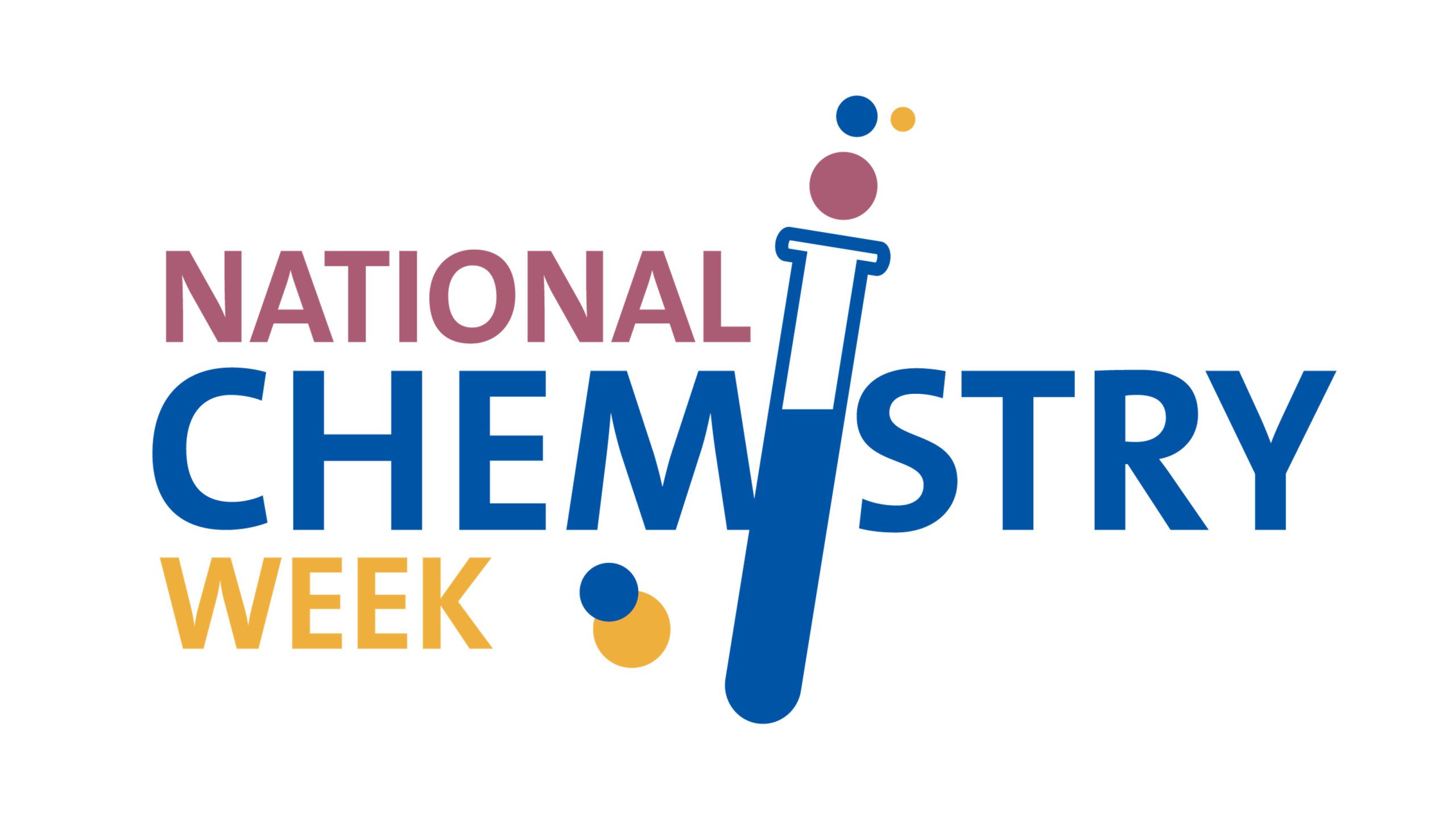 Credit: ACS Website.
Credit: ACS Website.
It’s almost National Chemistry Week (NCW)! Each year, the American Chemical Society (ACS) unites scientists, undergraduate students, high school chemistry clubs, and other groups through this community-based program to reach the public—especially elementary and middle school
students—with positive chemistry messages.
San Diego Postdoctoral Scholars Program Enhances Diversity in Biomedical Research
“I’m most proud of how this program is truly impacting the diversity of academia by including individuals from backgrounds historically underrepresented in STEM and the biomedical research workforce,” says JoAnn Trejo, Ph.D., professor at University of California San Diego (UCSD) and director of San Diego’s Institutional Research and Academic Career Development Award (IRACDA). The program, now in its 20th year of NIGMS funding, aims to train a diverse group of postdoctoral fellows (postdocs) for both the teaching and independent research aspects of a career as a professor in the biomedical sciences.

The San Diego IRACDA focuses on preparing its fellows for tenure-track positions at different types of institutions, including research-intensive universities. Fellows typically go through a 3-year program where they work in a research lab at UCSD, teach at one of the two “partner” schools (both of which are minority-serving institutions), and take career development courses in skillsets like effectively mentoring, running a cutting-edge research lab, and innovatively redesigning undergraduate science courses. Fellows also mentor students at the partner schools, helping them prepare graduate school applications, putting them through mock interviews, educating them in research, and teaching them how to read and understand scientific literature.
Continue reading “San Diego Postdoctoral Scholars Program Enhances Diversity in Biomedical Research”Studying and Sharing the Big Questions of Biology
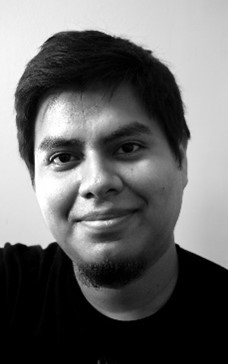
When he started high school in Mexico, Pedro Márquez-Zacarías, Ph.D., wanted to be a politician. However, as he became aware of issues like corruption, he began looking into other fields. Chemistry fascinated him, so he enrolled in a class at his school that was later canceled partway through the year. He then joined a biology class because it included a unit on biochemistry, and through that experience, found that he enjoyed other aspects of biology as well—so much so that he went on to compete in the International Biology Olympiad, a competition for high school biology students.
After graduating from high school, Dr. Márquez-Zacarías majored in biomedical sciences at Universidad Nacional Autónoma de México and discovered a passion for ecology and evolution. During a class activity where students had to present scientific papers, the work of evolutionary biologist William Croft Ratcliff, Ph.D. riveted him. Dr. Márquez-Zacarías began an email conversation with Dr. Ratcliff that led to visiting his NIGMS-supported lab at the Georgia Institute of Technology (Georgia Tech) in Atlanta.
Continue reading “Studying and Sharing the Big Questions of Biology”Career Conversations: Q&A With Bioengineer César de la Fuente
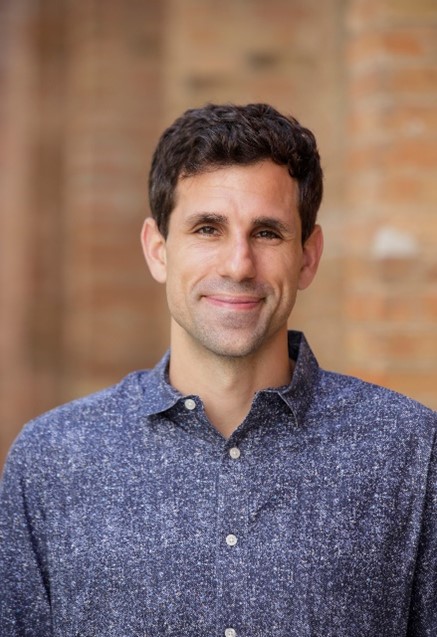
“Science provides adventure and excitement every single day. When you’re pushing boundaries, you get to jump into the abyss of new areas. It can be scary, but it’s an incredible opportunity to try to improve our world and people’s lives,” says César de la Fuente, Ph.D., a Presidential Assistant Professor in the Perelman School of Medicine and School of Engineering and Applied Science at the University of Pennsylvania, Philadelphia. Our interview with Dr. de la Fuente highlights his journey of becoming a scientist and his research using artificial intelligence to discover new drugs.
Q: How did you first become interested in science?
A: I’ve always been fascinated by the world around me. I grew up in a town in northwest Spain, right on the Atlantic Ocean. As a kid, I would go to the beach to investigate marine organisms and bring home all sorts of different fish to study. My mom wasn’t too happy about that! We’re all born scientists, but we tend to lose that curiosity as we enter adulthood. The key is to not lose our ability to learn every day.
Continue reading “Career Conversations: Q&A With Bioengineer César de la Fuente”Training Students and Communicating Science on Capitol Hill

“I’ve been infected with this enthusiasm for science, and I think that carries over to my students. Essentially, I lead by example,” says Mikhail Bobylev, Ph.D., a professor of chemistry at Minot State University in Minot, North Dakota. He researches ways to improve the chemical synthesis of medicinal molecules, and since 2004, he’s has mentored more than 70 undergraduate researchers in his lab with support from the NIGMS-funded North Dakota IDeA Networks of Biomedical Research Excellence (INBRE).
Dr. Bobylev focuses on training students to conduct rigorous, meaningful research and to communicate it clearly to a variety of audiences, including the general public, scientists, and policymakers. He believes that this emphasis on strong communication skills is one of the reasons why his students were often selected for Posters on the Hill—a prestigious annual event where undergraduate researchers presented their work to lawmakers in Washington, D.C. Since 2008, 10 of his mentees were chosen to participate.
Continue reading “Training Students and Communicating Science on Capitol Hill”Career Conversations: Q&A With Organic Chemist Elizabeth Parkinson

“Being able to discover new, unexpected things is why you wake up every day and go to work as a scientist. The other part is hopefully to have a positive impact on human health—through combatting conditions ranging from antibiotic resistance to cancer,” says Elizabeth Parkinson, Ph.D., an assistant professor of organic chemistry at Purdue University in West Lafayette, Indiana. In an interview, Dr. Parkinson shared with us her path to a scientific career, research on natural products made by soil-dwelling bacteria, and advice for students.
Q: What sparked your interest in science?
A: My high school freshman biology teacher, Mr. O’Connell, first got me interested in science. He’d bring objects to class, and we’d have to guess how they might relate to the day’s subject matter. One time he brought strawberries, and we isolated DNA from them, which I really enjoyed. I also participated in a science fair for the first time that year. My project focused on how the color of light affected plant growth, and that was a very fun experience.
Continue reading “Career Conversations: Q&A With Organic Chemist Elizabeth Parkinson”Career Conversations: Q&A with Biochemist Alexis Komor
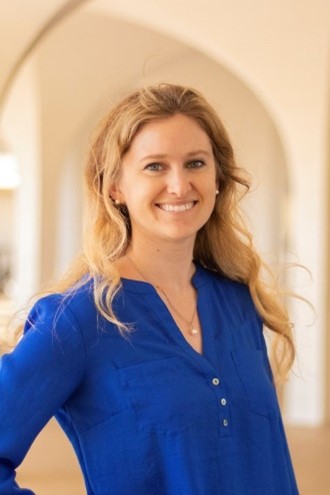
“DNA is an amazingly beautiful molecule, and it’s so important. Each of our cells has only one copy of DNA, and if it gets damaged, that messes up everything else in the cell,” says Alexis Komor, Ph.D., an assistant professor of chemistry and biochemistry at the University of California, San Diego (UCSD). Check out the highlights of our interview with Dr. Komor to learn about her scientific journey, research on DNA, and advice for students.
Q: How did you decide to study chemistry?
A: I really enjoyed math and science in middle and high school. When I applied to college, I knew I wanted to major in science over math because I felt like it was more relevant to what we experience on a day-to-day basis. I ultimately went into chemistry for a silly reason, but looking back now, I’m so very grateful that I did. Chemistry has this nice balance because it allows you to not only understand how things work on a molecular level but also see how those molecular workings relate to everyday phenomena—for example, understanding how DNA damage on a molecular level can lead to negative health outcomes.
Continue reading “Career Conversations: Q&A with Biochemist Alexis Komor”

